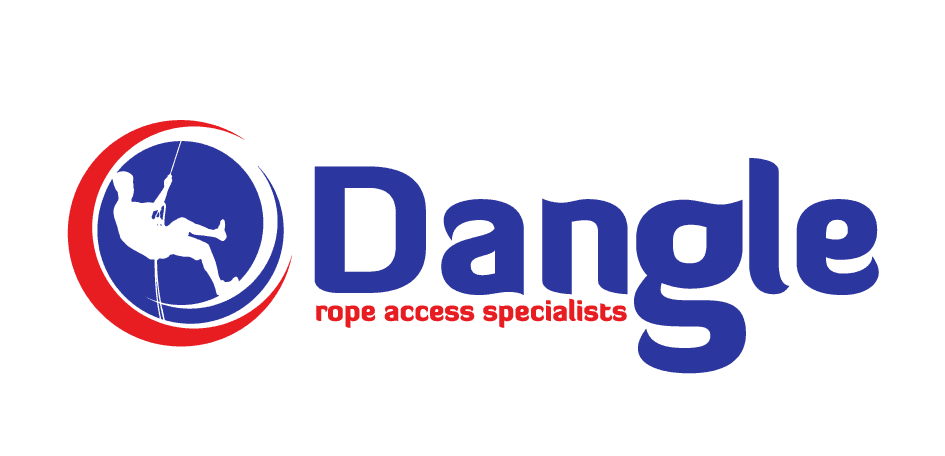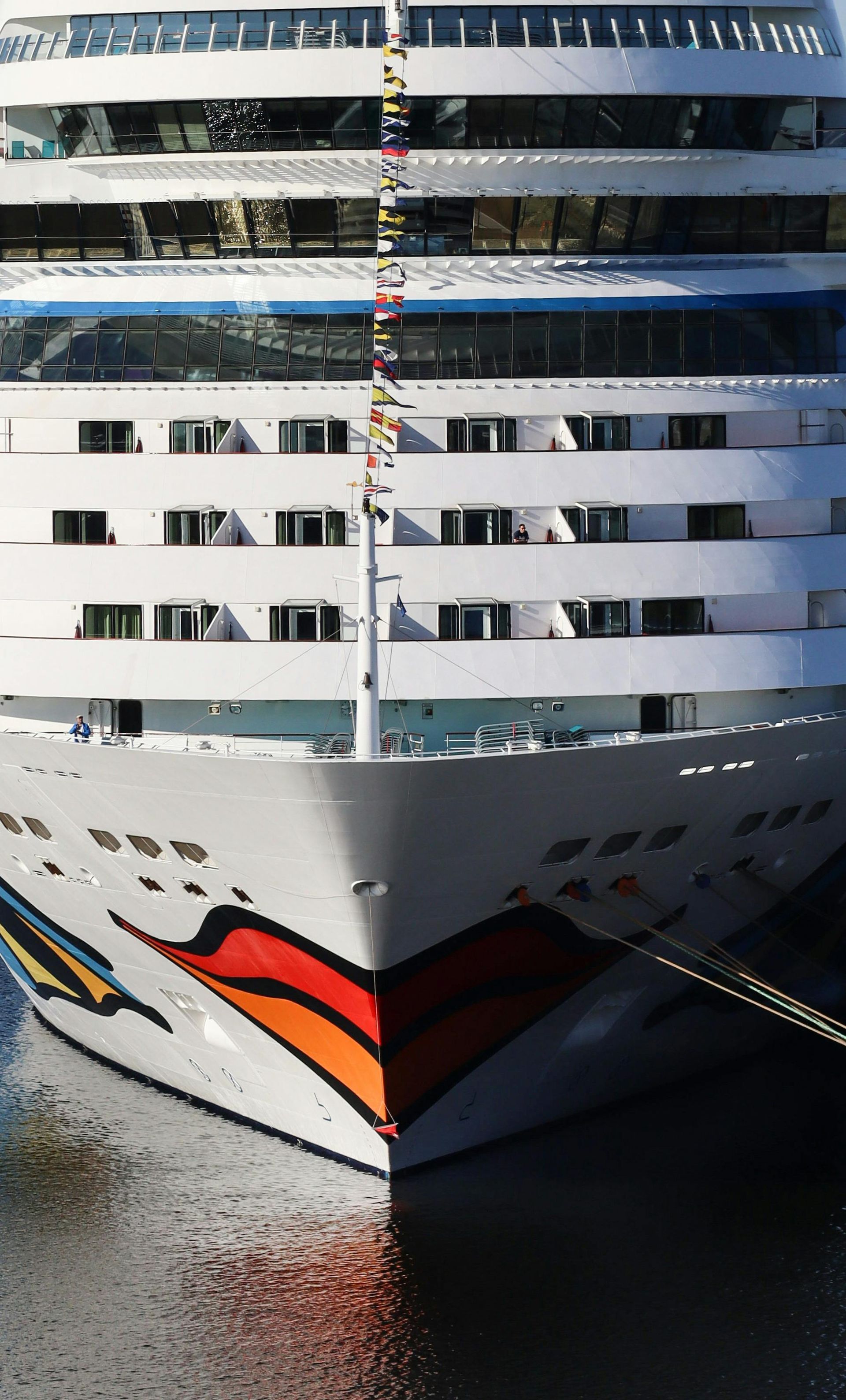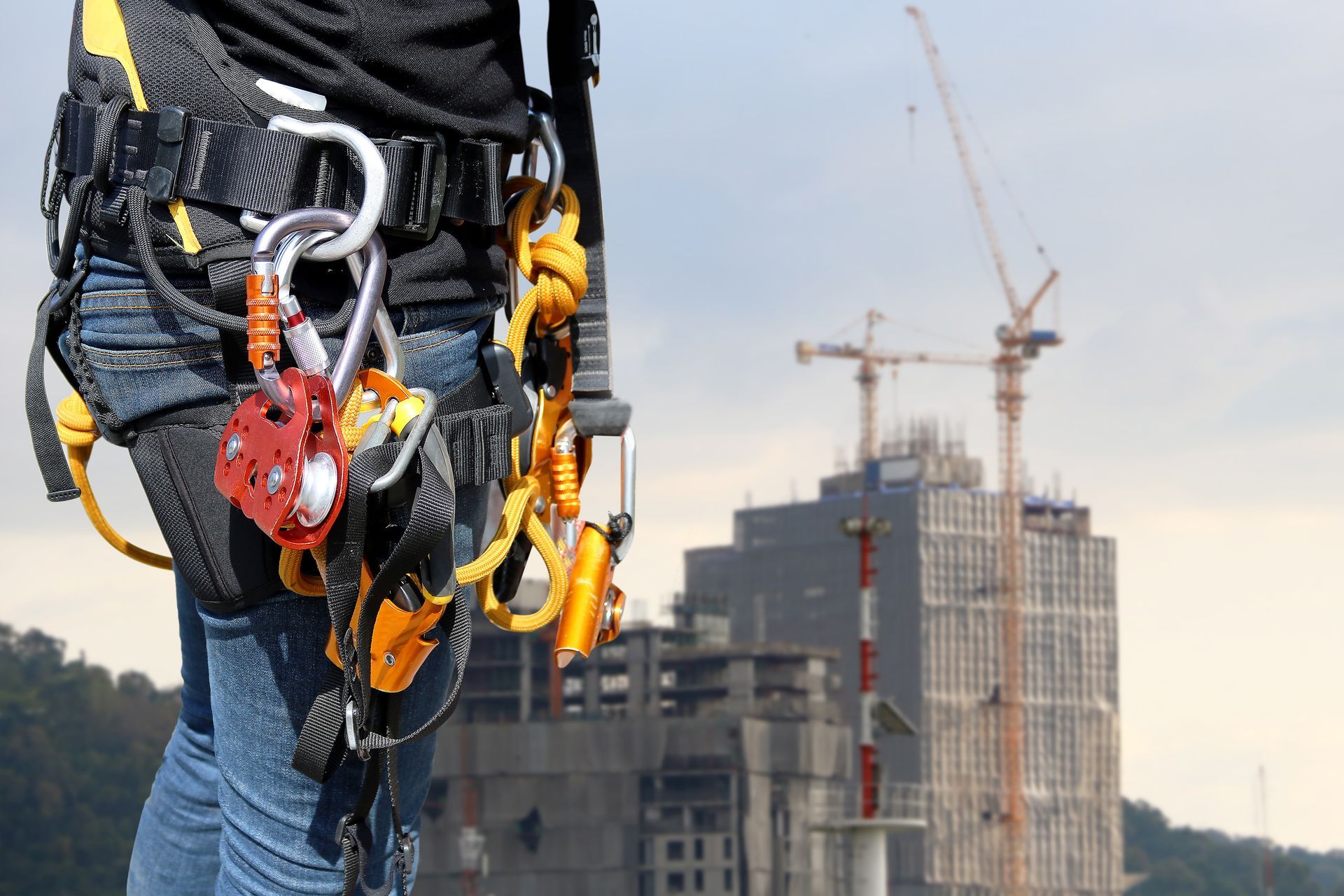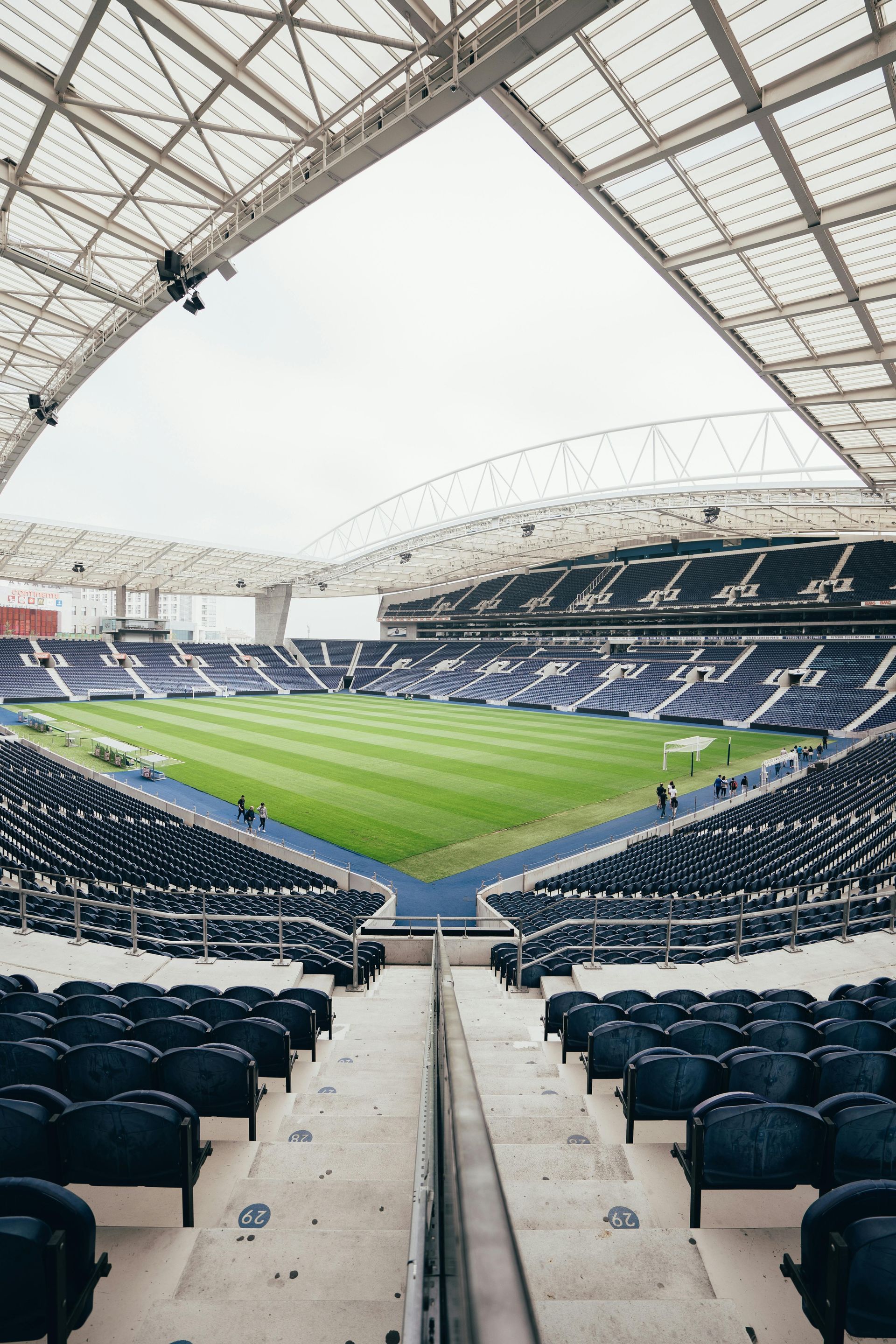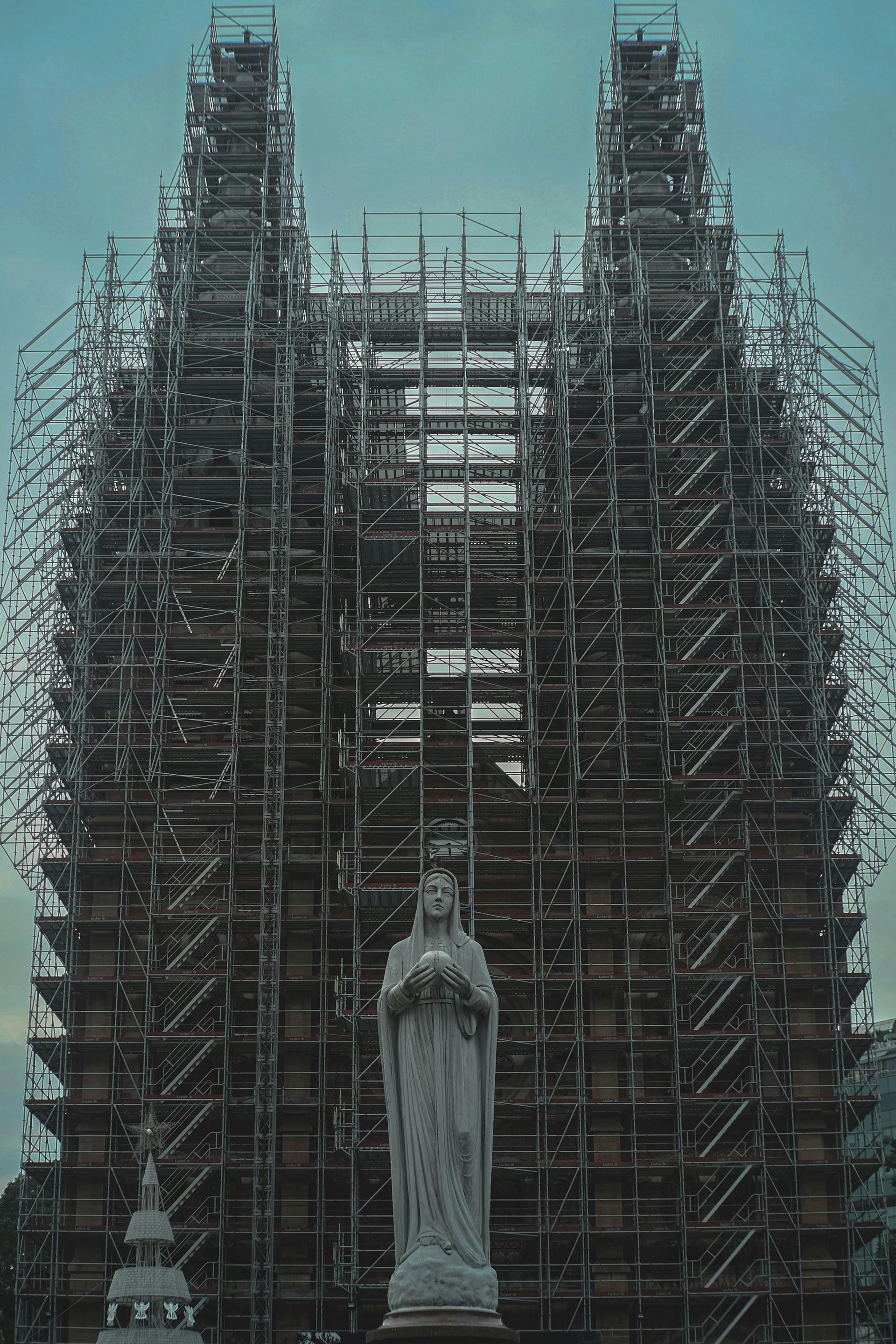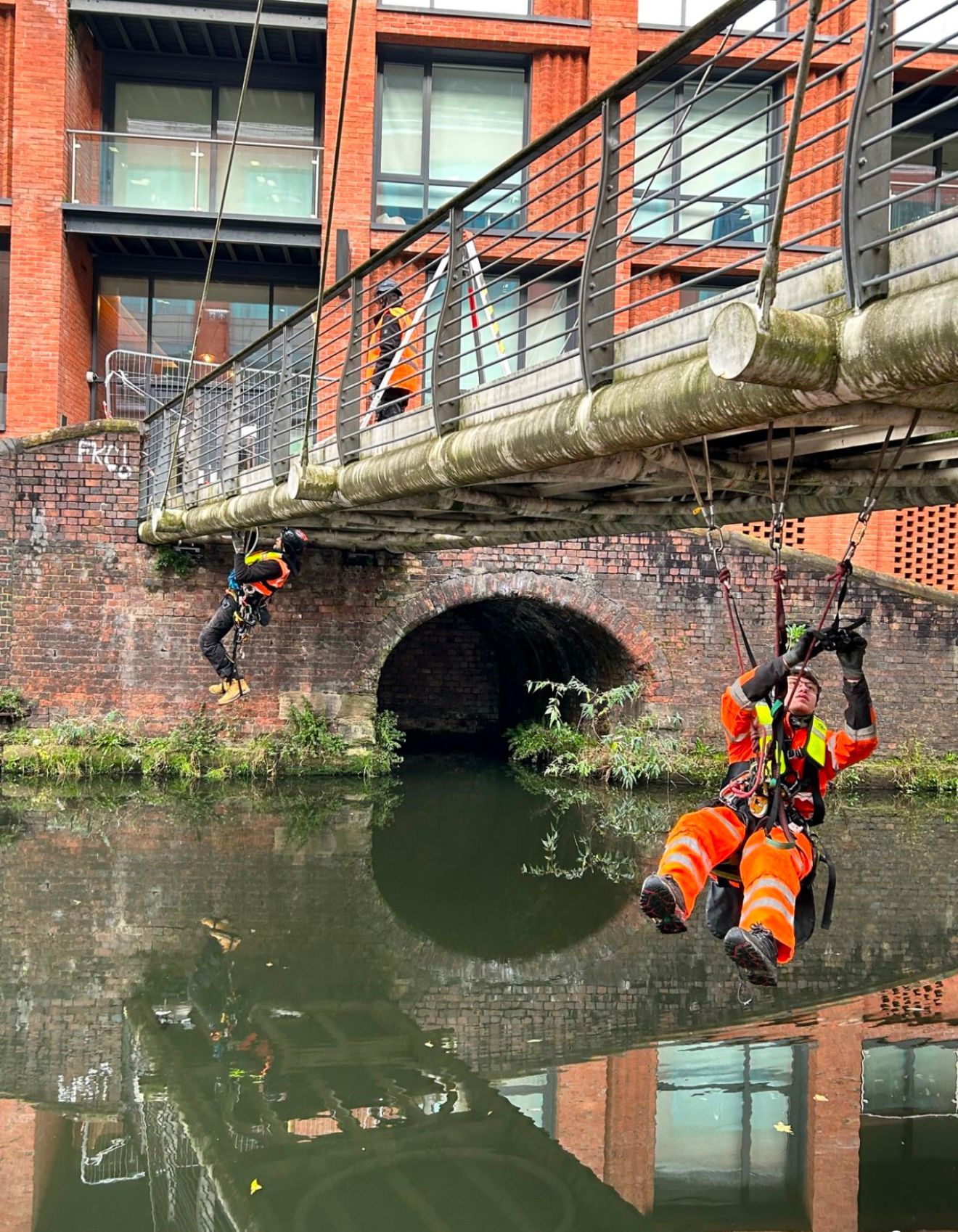About Wind Farm Maintenance
Wind Farm Maintenance – Why is it important?
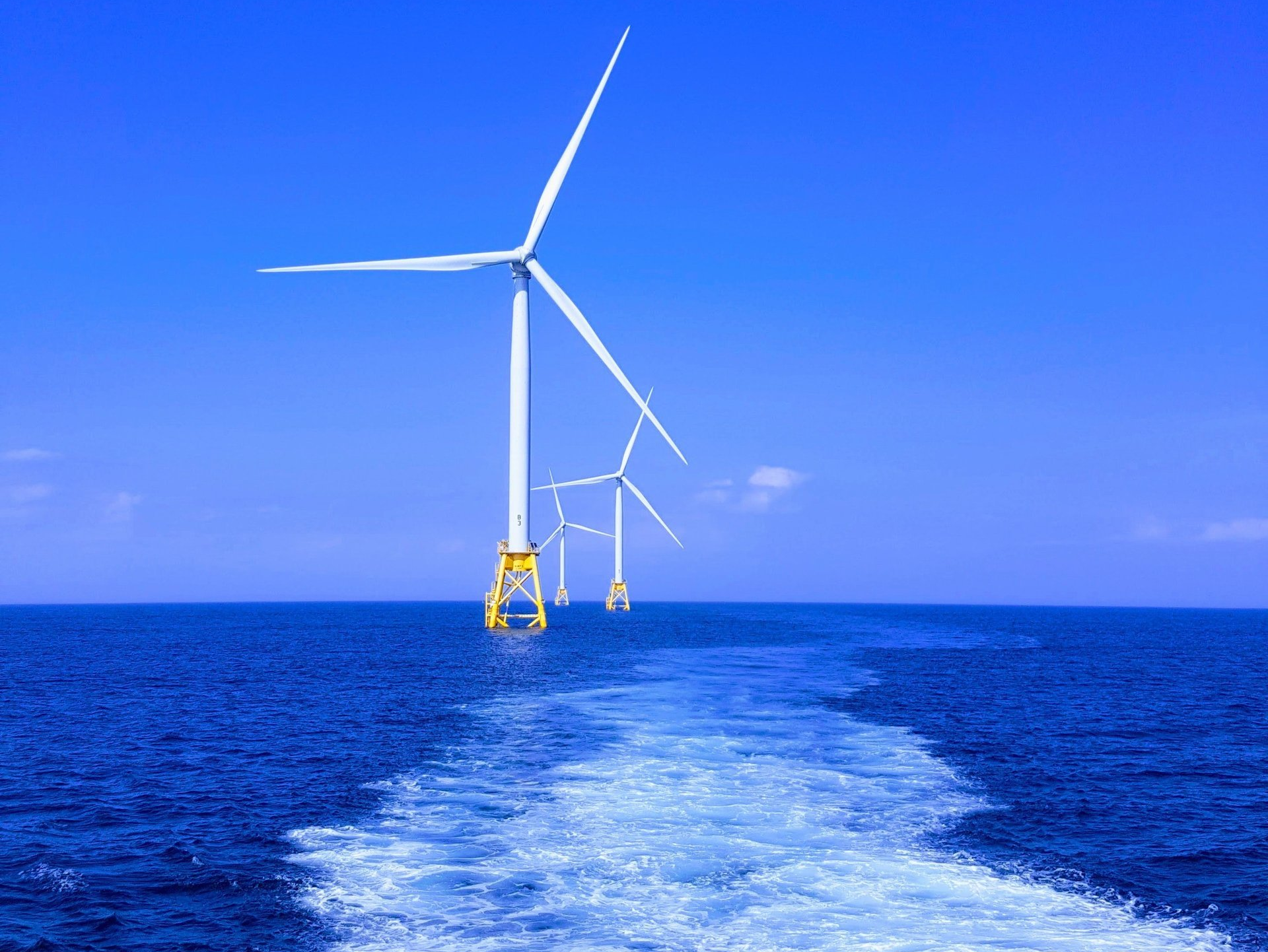
There has been an unprecedented demand for wind turbine technicians as more and more wind farms are being built around the world, and its certainly showing no slow down even with a Covid-19 worldwide pandemic!
And, there’s lots of reasons why wind farm maintenance is so important when it comes to ensuring that wind turbines remain in sound working order. After all, there’s a whole host of unpredictable events such as adverse weather conditions and stormy seas that can have serious consequences on a wind turbine, often damaging its rotor blades, tower movements or even causing the wind turbine to fail completely or collapse.
But what does wind farm maintenance involve?
Wind farm maintenance is the term used to describe the processes involved in keeping wind turbines in sound working order.
Using wind to make electricity, wind turbines are one of the world’s most crucial components when it comes to generating electricity and keeping our world moving more sustainably. And, wind farm maintenance requires highly skilled technicians to complete a number of day to day maintenance tasks such as checking connections within the system, assessing moving parts such as gearboxes and bearings, as well as resolving any technical issues.
Not all wind turbine maintenance repair and inspection can be done on two feet however and, as an essential form of power generation, it’s important that all wind farms, in all corners of the world, are kept in optimum working condition to avoid widespread disruption and of course, costly repairs that could have been resolved much sooner, if the signs were acted on.
Why is maintenance so important?
With wind turbines operating 24 hours a day, it’s no surprise that they can succumb to wear and tear, both day and night. From issues such gear faults, shaft issues and gear wheel wear through to imbalance, material fatigue, rotor blade damages, temperature differences and lubrication faults, there’s lots of issues that can disrupt the smooth running of a modern wind turbine.
With this in mind, maintenance plays an essential role in the real-time monitoring of turbines during operation, helping to identify worn parts that could lead to catastrophic damage if not addressed, damaged blades that reduce efficiency or simply a rusty looking tower or an unsightly, unkept nacelle.
Being able to intervene before parts fail completely is crucial and can prevent sudden failure and large downtime and repair costs.
Types of wind farm maintenance workers?
The vast majority of people that work on windfarms are maintenance technicians and are employed to manage every stage of all maintenance operations on turbines. It is their responsibility to ensure that they remain in optimum working order.
Here’s a closer look at what is involved in each role:
GWO Wind Turbine Technician
Wind turbine technicians are responsible for the full installation and maintenance of wind turbines, which can often involve working at heights of 100 meters or more and always work from deck.
Maintenance Supervisor
For qualified wind turbine maintenance technicians, there is the opportunity to become a maintenance supervisor. This role entails managing maintenance technicians and handling a wide range of administrative tasks.
Rope Access GWO Blade Repair Technician
Finally, professional and experienced blade repair and IRATA certified Rope Access Technicians can access and assess those turbines that require a closer look. This is a highly skilled profession where rope access and blade repair training is required. Whether you require a rope access level 1, rope access level 2 or rope access level 3, there’s lots of opportunities available right across the world as a blade technician.
Why is wind turbine maintenance so important?
During the first several years of a wind farm’s operation, the wind turbines on site are normally all under OEM warranty, however quite often, after this point, it is up to the wind farm owner or appointed operator to ensure that they remain in good working order.
In order to ensure that wind farms can operate to maximum capability, maintenance tasks include both preventive and predictive maintenance processes and special sensors are installed on key points of every turbine so that data can be directly sent to the wind farm’s maintenance team(s).
These innovative sensor solutions also help to prevent repairs, reduce failures and costs, whilst providing highly precise, reliable and constant measurement results 24 hours a day, 7 days a week.
What does this data show?
Thanks to significant advances in technology, maintenance teams are now able to collect important data that can help them to do their jobs faster and with minimal downtime. For example, sensors can provide an insight into important information such as temperatures, lubrication levels, vibration and foundation displacement.
This data can then be closely analysed in order to create highly strategic maintenance plans. Many wind turbine maintenance teams also use highly sophisticated CMS software to keep track of the turbines that they are managing.
What type of companies use wind farm maintenance?
There’s lots of different entities that rely on wind farm maintenance to keep power going to their operations including:
- Educational institutions
- Utility system
- Construction firms
- Electric power providers
- Industrial repair services
- Utility companies
- Hospitals and care providers
- Retailers
Do you want to embark on a career as a Rope Access wind turbine technician?
If you think that a career in wind farm maintenance is for you, there’s a series of different qualifications that you will need to undertake.
For example, there are three different rope access training courses, which each provide a different certification level - IRATA level 1 refresher course, IRATA level 2 training, IRATA level 3 training, and the latest IRATA Rope Access Managers Rope Access Safety Supervisor (RAMRASS) training.
All courses are devised and assessed by the Industrial Rope Access Trade Association (IRATA), which is the international governing body within the rope access industry. If you are considering a career as a rope access technician or you require a IRATA certified team to carryout work or simply wish to get more information about rope access, get in touch today!
Why do you need rope access training?
Rope access training course are all designed to provide aspiring rope access technicians with the training, skills, and knowledge required to carry out manoeuvres and rescue procedures in line with stringent industry and safety requirements. The most cost effective solution for wind farm owners and operators when repairing blades is to have this done in situ, with the most rapidly deployable technicians being rope access trades.
Why choose Dangle for your Rope Access Blade Repair?
With wind turbines operating 24 hours a day, 7 days a week, 365 days a year, it’s no surprise that they can succumb to everyday wear and tear, as well as harsh weather conditions that can cause significant damage to the wind turbine blades.
And, when it comes to blade repair, it’s important that you seek out professional help from qualified rope access technicians who are specially trained to carry out both minor and major repairs, so that operations can return to normal as quickly as possible.
After all, there should be no compromise on safety when it comes to working at height on a remote wind farm, which is why it’s essential that you turn to specialist rope access blade repair technicians.
Here at Dangle, we offer a range of world class rope access blade repair services that have been designed to provide fast and efficient rope access blade repair solutions, with minimal disruption to your day to day operations.
Our rope access services include:
• Visual inspection
• Blade & tower inspection
• Tower rust repair
• Blade & composite repair
• Lightning damages
• Painting and coating
• Cleaning
Our team also has vast experience in repairing category 4 and 5 root damage issues, severe leading-edge erosion, split tips, trailing edges, as well as lightning damage and core material replacement. Whatever your blade repair needs, we can help!
Why do blades need repaired?
The performance of a wind turbine is greatly affected by its condition and there are a whole host of different factors that can affect the general wear and tear of wind turbine blades.
From manufacturing and transport defects through to unpredictable conditions such as extreme lightning damage, corrosion and internal and external faults like LPS (lightening protection system) testing, there’s lots of reasons why blades require repairs.
The good news is that we can complete all types of blade repair quickly and efficiently, and we also offer our extensive experience to help you to optimise Annual Energy Performance (AEP) production and costs.
Advanced Blade Repair Services that you can rely on.
The average lifespan of a wind turbine is 15 years and during that time, wind turbines will require essential maintenance to ensure that they remain in sound working order. It’s not uncommon for damage to occur to wind turbine blades for reasons we have already discussed. All owners of wind farms should also remember that output can deteriorate if faults aren’t repaired as quickly as possible and finding issues early and taking action early has been proven to significantly reduce the risk of a catastrophic failure.
When it comes to offering advanced blade repair services, we are proud to provide
the highest training, management and safety standards and this is an area of our operations that we absolutely refuse to compromise on.
IRATA-certified
Our experienced, specialist blade repair technicians are all IRATA-certified, which is the leading body for rope access trades and training within the UK.
But that’s not all… all of our highly skilled and experienced technicians have also undergone GWO blade repair training courses and their expertise is complemented by Dangle’s extensive inspection, access, coatings and composite (IACC) industrial services. With this in mind, you can rest assured that you are always in safe hands, whatever the scope of work is on your windfarm.
Fast and effective Rope access blade repair that does not compromise on safety
From the moment you mobilise any of our rope access blade repair services to your site, we will go above and beyond to deliver a seamless service that meets your business needs, surpassing any expectations.
For example, all equipment is set up as quickly as possible and we’re always on hand to help you investigate how rope access can make your operation more efficient.
Rope Access Blade Inspection
Our highly specialised and experienced teams of IRATA certified and accredited GWO Rope Access Blade Technicians have vast experience in providing fast and cost-efficient solutions for a range of wind turbine maintenance activities. Before we begin any repairs, we carry out an expert close visual inspection of the wind turbine blade in order to classify the level of damage. We use rope access techniques as the quickest method to save on lost production.
Rope Access Blade Repair
Dangle provides a fast and efficient service covering all aspects of damage to wind turbine blades and our blade technicians have been trained to the highest GWO standards. Most have completed advanced blade inspection modules and blade repair training. This is before becoming certified for blade inspection and repair activities.
About Dangle Rope Access
Here at Dangle Rope Access, we provide a variety of comprehensive inspection, access, coatings, and composite (IACC) industrial services. Our services are available to both the private and public sectors.
We offer high-quality proven solutions that will help reduce maintenance costs in both the long and short-term. We are based in Dundee, Scotland and also have offices based in Edinburgh, along with our newly established training centre in Northern Ireland Dangle Academy. Due to our company size and structure, we are able to offer a flexible and versatile approach to the way we run our business and the services that we offer our clients. And, as a leading painting company, we’ve worked on several renewable energy projects in the UK, Europe, and the US.
We work with both on and offshore with wind farm operators, and asset owners. For offshore wind farm maintenance, to onshore building maintenance, we can cover both the East and West coasts.
To find out more about how our team can help you contact us today. Our friendly, professional and helpful team is always on hand to help.
We'd love a share...

